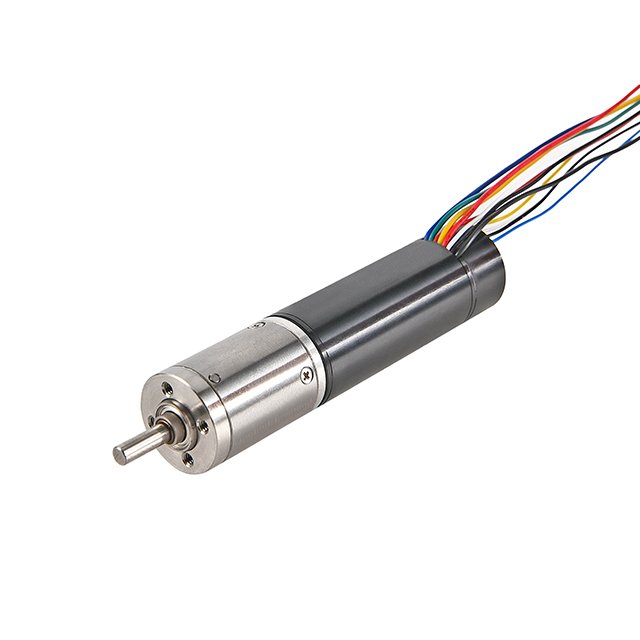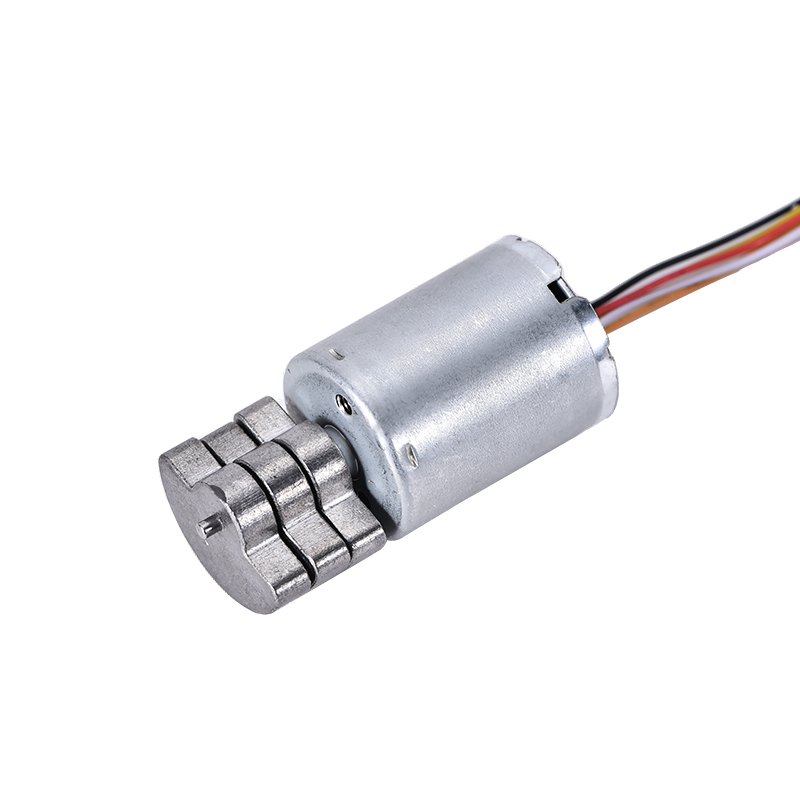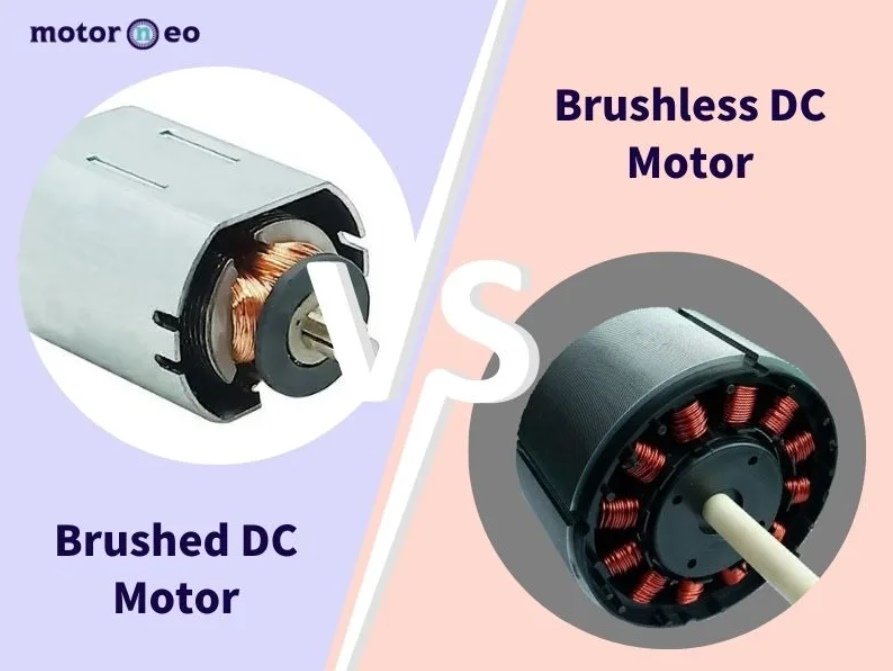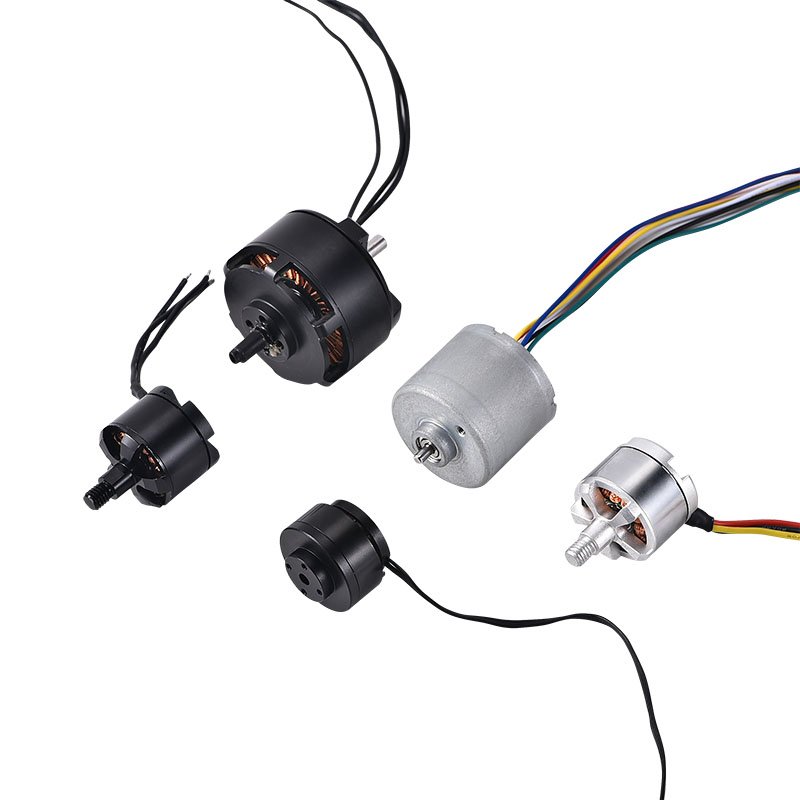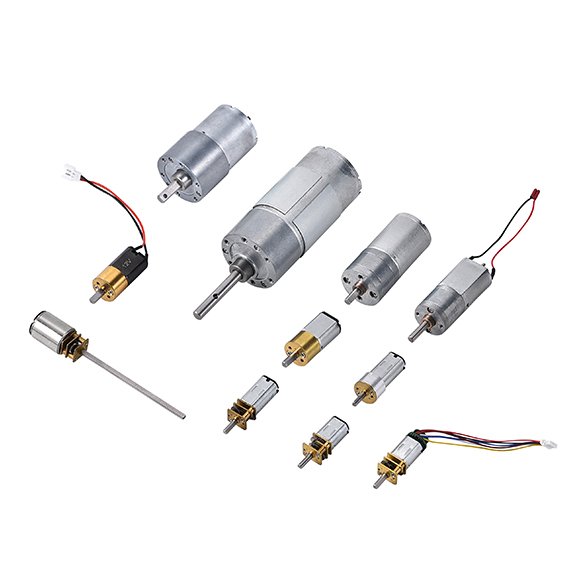Choosing between a brushed vs brushless motor often depends on your specific requirements. Consider the following when selecting an electric motor for your project:
Brushed vs brushless cost: Brushed motors usually cost less, making them ideal for budget-friendly requirements.
Efficiency: Brushless motors offer higher efficiency, which matters for demanding electric motor projects.
Maintenance: Brushed vs brushless maintenance needs differ; brushless motors require less upkeep.
Application fit: Brushed motors work well with simple voltage supplies, while brushless options need a controller, adding complexity.
Brushed vs brushless motor requirements change based on how often and where you use the motor.
Key Takeaways
Brushed motors are budget-friendly and easy to set up, making them great for beginners.
Brushless motors offer higher efficiency and longer lifespans, ideal for demanding projects.
Always match your motor choice to your project needs and your experience level.
Check if you need a special controller for brushless motors before purchasing.
Use the comparison table to quickly assess the differences between motor types.
1. Technical Specs: Brushed vs Brushless
Speed and Torque
When you compare brush dc motors, you notice big differences in speed and torque. Brushed motors usually reach up to 6000 RPM, but their speed and torque drop because of brush friction and sparking. Brushless motors, especially general-purpose bldc motors, can reach much higher speeds. They use electronic commutation, so you get more torque and better performance for demanding tasks. The torque-to-speed ratio in brushless dc motors is higher, which means you get stronger acceleration and better speed and acceleration rates. If you want a motor for high-speed or high-torque projects, brushless motors give you more options.
Motor Type | Speed Range |
|---|---|
Brushed DC Motors | Up to 6000 RPM |
General-Purpose BLDC | Much higher |
Efficiency and Power
Energy efficiency matters when you pick a motor. Brushed motors lose energy because the brush and commutator create friction and heat. This lowers their efficiency and shortens battery life. Brushless motors, including general-purpose bldc motors, have no brush, so they waste less energy. You can expect efficiency ratings of 85-90% from brushless dc motors. This means more of the electricity turns into useful power and torque. If you want longer runtimes and less wasted energy, brushless motors are the better choice.
Brushless motors have no brush, so they reduce friction and electrical losses.
Brushless dc motors convert more electrical energy into mechanical energy.
Brushed motors use more electricity and need more frequent charging.
Control Methods
You control brush dc motors and brushless motors in different ways. Brushed motors use a simple design: the brush touches the commutator to switch current. This makes them easy to use, but the brush wears out and causes noise. Brushless motors use sensors and electronic controllers to switch current. This method gives you precise control over speed and torque. General-purpose bldc motors need an external controller, but you get smoother performance and less maintenance. If you want advanced control and less upkeep, brushless motors are the way to go.
Brushed motors use mechanical commutation with a brush and commutator.
Brushless motors use electronic commutation with sensors and controllers.
Brushless dc motors offer better performance and less noise.
2. Application Fit: Motor Types
Robotics Projects
When you start with robotics, you want motors that are easy to use and widely available. DC motors are the most common choice for beginner robotics projects. You can find them in voltages like 3, 6, 12, and 24 volts, which makes them flexible for many designs. These motors give you simple wiring and control, so you can focus on building and programming your robot. If you need more precise movement or higher efficiency, brushless DC motors offer better control, but they require a more complex setup.
DC motors are simple and easy to find.
You can use common voltages for most beginner projects.
Brushless DC motors give you more control but need extra electronics.
RC Vehicles
RC vehicles need motors that deliver speed and reliability. You can use either brushed or brushless dc motors, but you must match the motor with the right electronic speed controller (ESC). If you switch from a brushed to a brushless motor, you need a brushless ESC. Brushless servo motors can be sensored or sensorless, which affects how smooth and responsive your vehicle feels.
Feature | Brushed Motors | Brushless Motors |
|---|---|---|
Efficiency | 75% – 80% | 85% – 90% |
Speed Range | Lower | Higher |
Maintenance Cost | Higher | Lower |
Heat Dissipation | Poor | Superior |
Cost | Lower | Higher |
Tip: Always check that your ESC matches your motor type and can handle the motor’s current.
Automation Uses
For basic automation, you should choose a motor based on your project’s needs. Brushed dc motors work well for cost-sensitive projects with low to moderate use. They are ideal for simple industrial applications, like conveyors or small machines. If you want higher efficiency and quiet operation, brushless servo motors are a better fit. These motors excel in industrial environments where you need precise control and long life.
Brushed dc motors are best for simple, entry-level industrial tasks.
Brushless servo motors suit demanding industrial automation and robotics.
Use brushless dc motors for quiet, efficient, and reliable performance.
3. Cost and Value: Brushed vs Brushless
Upfront Price
When you start a project, you often look at the cost first. The cost of brushed motors is usually lower than brushless motors. You can find entry-level brushed motors for a small price, which helps you stick to a budget. Brushless motors cost more because they use advanced electronics and offer better performance. If you want to compare the price ranges, check the table below:
Motor Type | Price Range |
|---|---|
Brushed | €14.39 – €51.19 |
Brushless | €42.79 – €293.90 |
You see that brushed motors fit most beginner budgets. Brushless motors cost more upfront, but you get higher torque and efficiency. If you want to save money at the start, brushed motors make sense. If you want more power and longer life, brushless motors are worth the extra cost.
Tip: Always match your motor choice to your project needs and budget. Sometimes, paying more upfront for brushless motors saves you money later.
Long-Term Costs
You need to think about long-term costs before you choose a motor. Brushed motors require regular maintenance. You must replace brushes and clean the commutator often. This increases the cost over time. Brushless motors do not use brushes, so you avoid these repairs. You spend less on maintenance and get a longer service life. Brushless motors often last over 10,000 hours, while brushed motors last 2,000 to 5,000 hours.
Brushless motors give you more value because you spend less on repairs and replacements. You also get better torque and efficiency for a longer period. Brushed motors cost less to fix, but you need to do it more often. Brushless motors cost more to repair if something breaks, but this happens less often.
Here is a quick comparison of value factors:
Factor | Brushed Motors | Brushless Motors |
|---|---|---|
Cost | More affordable | Higher due to electronics |
Lifespan | 2,000 to 5,000 hours | Often exceeds 10,000 hours |
Maintenance | Frequent upkeep | Minimal maintenance |
Ease of Use | Simple to operate | More complex electronics |
If you want a motor with low long-term costs and high torque, brushless motors are the best choice. If you want to keep your initial cost low and do not mind extra maintenance, brushed motors work well.
4. Maintenance & Lifespan: Brush DC Motors vs Brushless
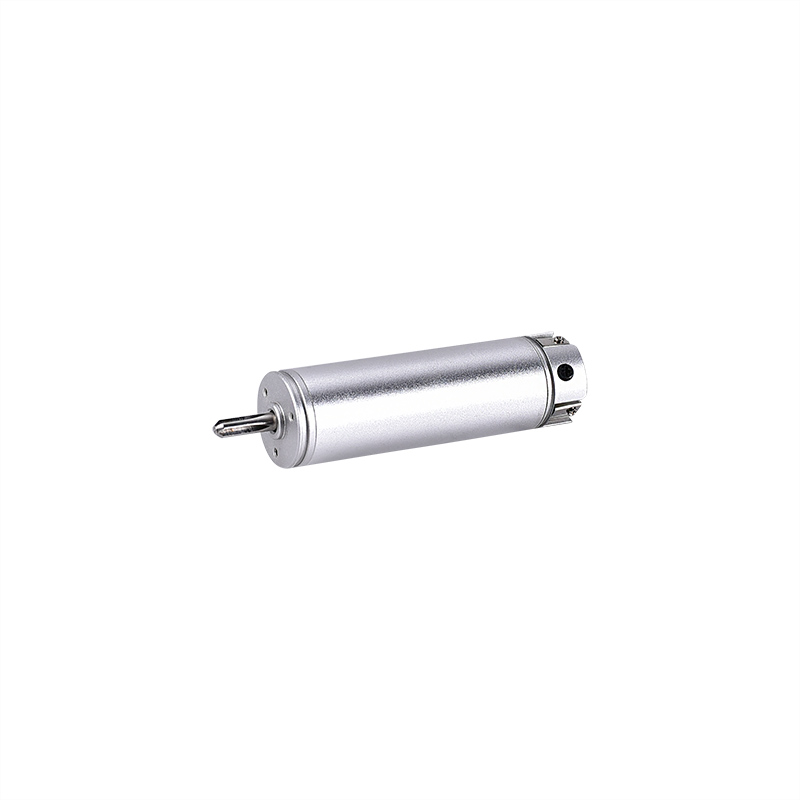
Service Needs
When you choose a motor, you need to think about how much work it takes to keep it running. Brushed motors need regular attention. You must check and change brushes, clean the commutator, and adjust spring tension. You also need to inspect the armature and windings, lubricate bearings, and make sure the housing and ventilation stay clear. These steps help prevent overheating and keep your brushed motor working well.
Brushless motors have different maintenance requirements. You focus on bearing analysis, electronic diagnostics, sensor calibration, and thermal imaging. You do not need to replace brushes or clean commutators. This makes brushless motors easier to care for, especially if you want to spend less time on upkeep.
Motor Type | Maintenance Requirements |
|---|---|
Brushless Motor | Focus on bearing analysis, electronic diagnostics, sensor calibration, thermal imaging. |
Brushed Motor | Regular brush inspection, commutator assessment, spring tension adjustment, cleaning. |
Tip: Create a simple maintenance plan for your brushed motor. Regular checks and cleaning can prevent sudden breakdowns.
Durability
You want your motor to last as long as possible. Brushed motors wear out faster because the brushes and commutator create friction and sparks. This leads to more repairs and a shorter lifespan. Most brushed motors last between 2,000 and 5,000 hours.
Brushless motors last longer. They do not have brushes, so there is less friction and fewer parts to wear out. You can expect a brushless motor to run for about 10,000 hours. Brushless motors also handle dust and water better, making them a good choice for tough conditions.
Motor Type | Lifespan (Hours) | Durability Features | Maintenance Level | Lifespan Comparison |
|---|---|---|---|---|
Brushed | 2,000 – 5,000 | More prone to wear, open to elements | High | Shorter lifespan |
Brushless | 10,000 | Better in harsh conditions, dust/water-proof | Low | 50% longer lifespan |
Brushless motors are more efficient and reliable.
Brushed motors need more frequent repairs.
Brushless motors give you longer runtime and less downtime.
If you want a motor that needs less care and lasts longer, brushless motors are the best pick for most projects.
5. Setup & Usability: Motor Selection
Wiring and Controllers
When you set up a brushed motor, you deal with a simple process. You connect the wires directly to a power supply. The brushed design uses brushes and a commutator to switch current. This means you do not need extra electronics. You can get your project running with basic tools and a few steps.
Brushless motors need a different approach. You must use an electronic controller to manage the current. The wiring is more complex because you connect the motor to the controller, then to the power source. This setup gives you more control and better efficiency, but it takes more time to learn.
Here is a quick comparison to help you see the differences:
Motor Type | Wiring Requirements | Power Supply Type |
|---|---|---|
Brushed | Uses brushes and a commutator for contact | Direct Current (DC) |
Brushless | Relies on electronic controllers for commutation | Electronic Controllers |
Tip: If you want a fast and easy setup, choose a brushed motor. If you want more control and efficiency, try a brushless motor with a controller.
Learning Curve
You will notice a big difference in how easy it is to learn each system. Brushed motors are more beginner-friendly. You can install them with fewer components and less technical knowledge. You do not need to understand advanced electronics. You can focus on your project instead of the setup.
Brushless motors challenge you more. You must learn how to use electronic controllers and tune the system. This extra step gives you more flexibility and better performance, but it can slow you down if you are new to motors.
Here are some points to consider:
Brushed motors have a simple design and easy wiring.
You can get started quickly with a brushed motor.
Brushless motors need more setup time and learning.
You must understand how to connect and program the controller for a brushless motor.
Brushed motors require more maintenance, but you can fix them with basic skills.
Brushless motors last longer and need less repair, but you must know how to use the electronics.
You get more control and tuning options with a brushless motor.
Note: If you want to learn the basics and get results fast, start with a brushed motor. If you want to master advanced features, try a brushless motor after you gain experience.
Quick Reference: Brushed vs Brushless Comparison
Side-by-Side Table
You might want a quick way to compare brushed and brushless motors before you make your choice. Use the table below to see the main differences at a glance:
Feature | Brushed Motor | Brushless Motor |
|---|---|---|
Upfront Cost | Lower | Higher |
Efficiency | 70–80% | 85–90% |
Lifespan | 2,000–5,000 hours | 10,000+ hours |
Maintenance | Frequent (brush changes) | Minimal |
Setup | Simple wiring | Needs electronic controller |
Control | Basic | Precise, advanced |
Noise | Louder (brush friction) | Quieter |
Best For | Beginners, simple projects | Advanced, high-performance |
Learning Curve | Easy to learn | Steeper, more technical |
Tip:
If you want a motor that is easy to set up and maintain, start with a brushed motor. If you need more power, efficiency, and longer life, choose a brushless motor.
Key Takeaways:
Brushed motors work well for quick, budget-friendly builds.
Brushless motors give you better performance and last longer.
You should match your motor choice to your project’s needs and your own experience level.
Always check if you need a special controller before you buy a brushless motor.
:bulb: Remember:
You can use this table as a checklist when you shop for your next motor!
You learned five essential tips for choosing between brushed and brushless motors.
You understand the differences in efficiency, lifespan, and maintenance.
You know how to match motor type to your project needs and budget.
You avoid common mistakes by checking torque, speed, and voltage.
You see how beginners prefer brushed motors for simplicity, while brushless motors offer quiet, reliable performance.
You use the quick reference table to compare features and make fast decisions.
For most entry-level projects, start with a brushed motor for easy setup. Choose brushless motors when you need higher efficiency and longer life.
FAQ
What is the main difference between brushed and brushless motors?
You will find that brushed motors use physical brushes for commutation. Brushless motors use electronic controllers. This change gives brushless motors higher efficiency and longer life.
Can you use a brushless motor without a controller?
No, you cannot. Brushless motors need an electronic controller to operate. The controller manages the power and timing for the motor.
Which motor type is easier for beginners to set up?
You will find brushed motors much easier to set up. You only need basic wiring and a power supply. Brushless motors require a controller and more complex wiring.
How often do you need to maintain brushed motors?
You should check and replace the brushes every few months, depending on use. Regular cleaning helps prevent breakdowns and keeps your motor running smoothly.
Are brushless motors always better than brushed motors?
Not always. Brushless motors offer better performance and lifespan. Brushed motors cost less and work well for simple, low-budget projects.
